Chremaskop
Mechanical money counter, banknote-sized images
2025
The Chremascope is based on a banknote counter. This device, originally designed for financial transactions, is being used for a different purpose: at a speed of 1,000 notes per minute (16.6 frames per second), it transports printed animation sequences into a flickering image.
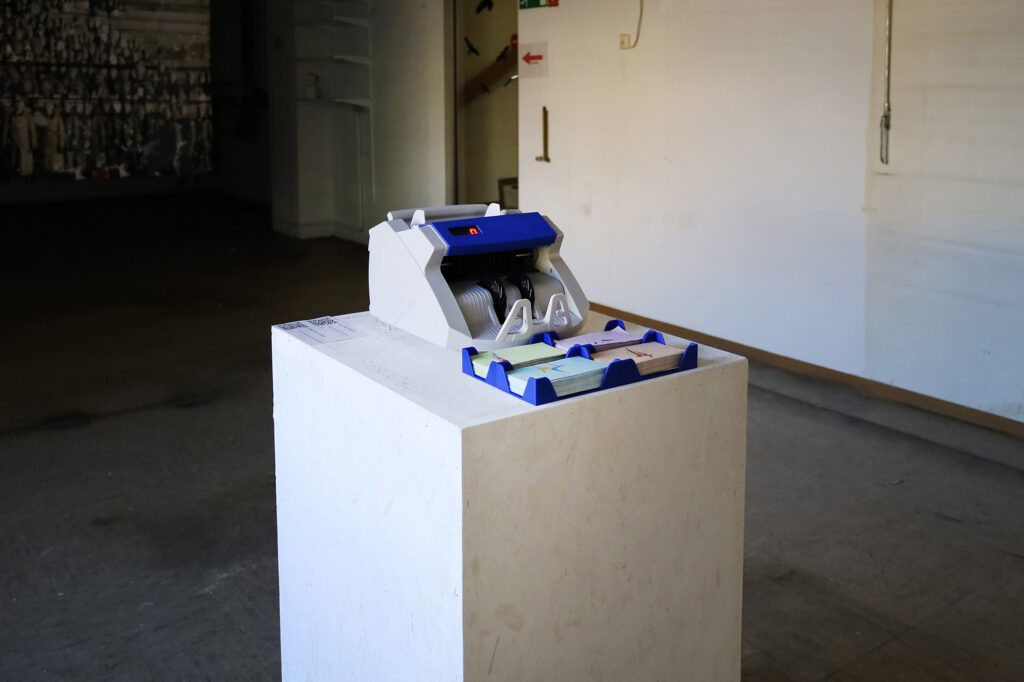
Exhibition view
The term chremascope is a neologism derived from the Greek terms chrēma (money, property) and skopein (to see, to look at).
The installation is intended as an ironic ready-made – a functional machine used in an unusual context to display motion studies. The audience views pre-produced animations that have been specially designed for this mechanical image reproduction and prepared as stacked paper sequences. The paper stacks are inserted into the device by the viewers themselves. The money counter is presented on a simple, functional stele or similar pedestal, creating a viewing situation reminiscent of Thomas Edison’s early kinetoscopes: the audience leans over the device and looks into a kind of mechanical peep box.
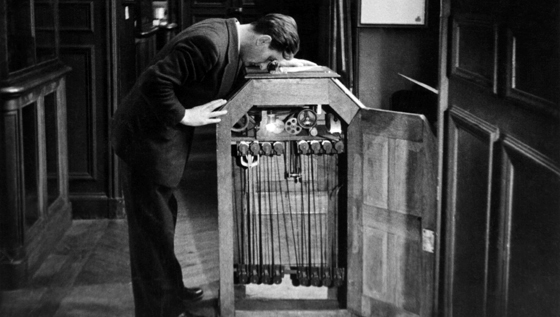
Kinetoscope by Edison
About Roman Wolter
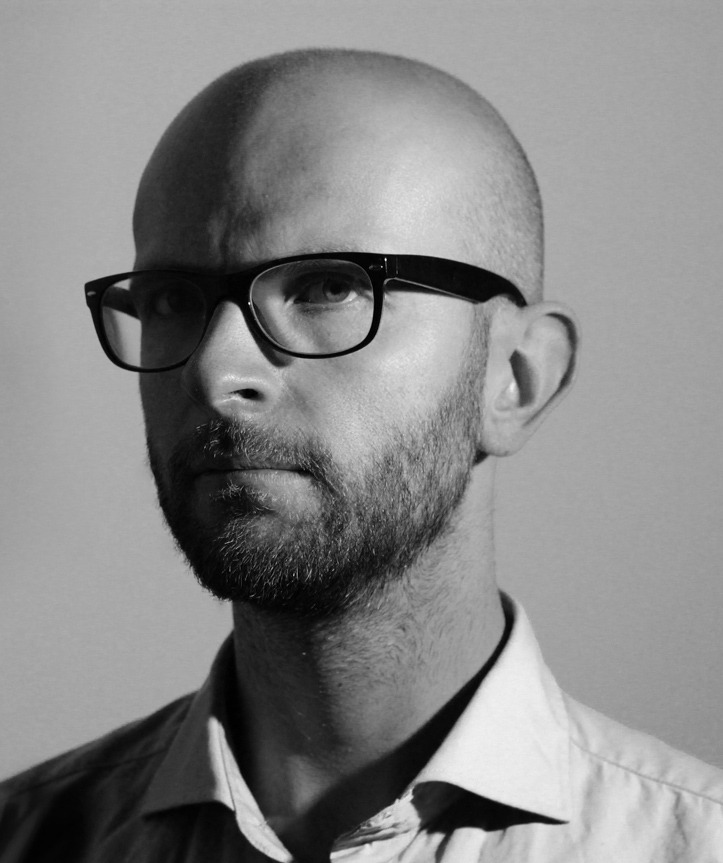
Roman Wolter studied Integrated Design at the University of the Arts Bremen – influenced by the tensions between the Ulm School of Design and the New Frankfurt School. Between product design and illustration, between art and design, between dogma and anarchy.
In moving images, he finds the framework to channel different influences, inclinations and forms of expression. Roman Wolter sees himself as an interdisciplinary border crosser. Since 2010, he has been working as a motion designer and art director in the applied field, designing title sequences, explainer videos and product films. In his commercial work, he always strives for artistic control in all phases of production – an approach that places him more in the tradition of auteur cinema than in the classic service logic of the industry.
In his freelance work, Roman Wolter reflects on the moving image itself. He breaks with conventional narrative structures and seeks out unusual formats to leave the screen behind – whether through projection mapping, interactive elements or the use of analogue techniques. His goal is to shed the serenity of film and animation and open up new perspectives: for himself and for the audience.
Website
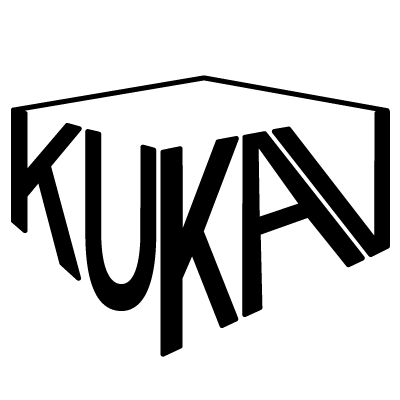
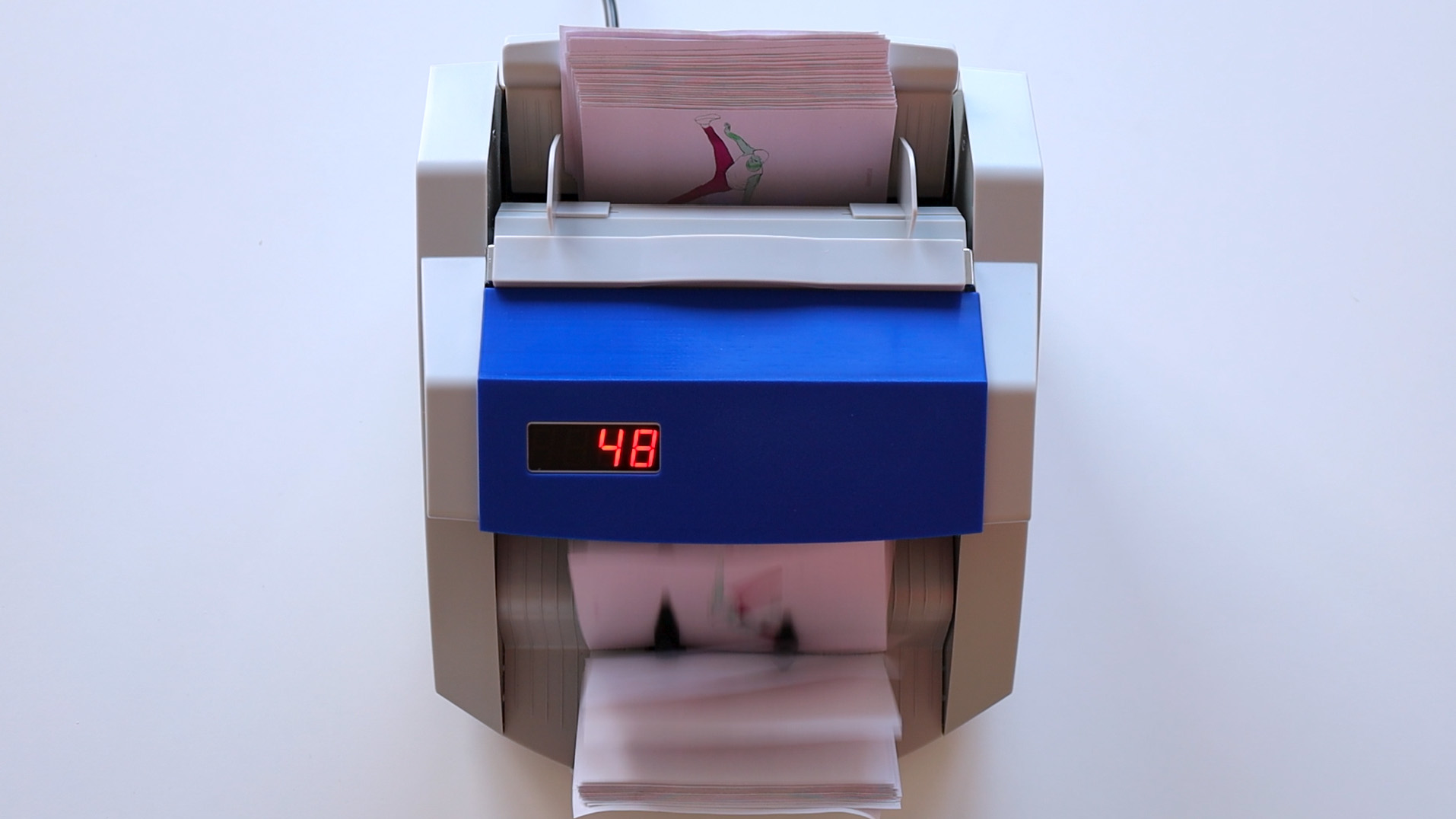
Leave a Reply